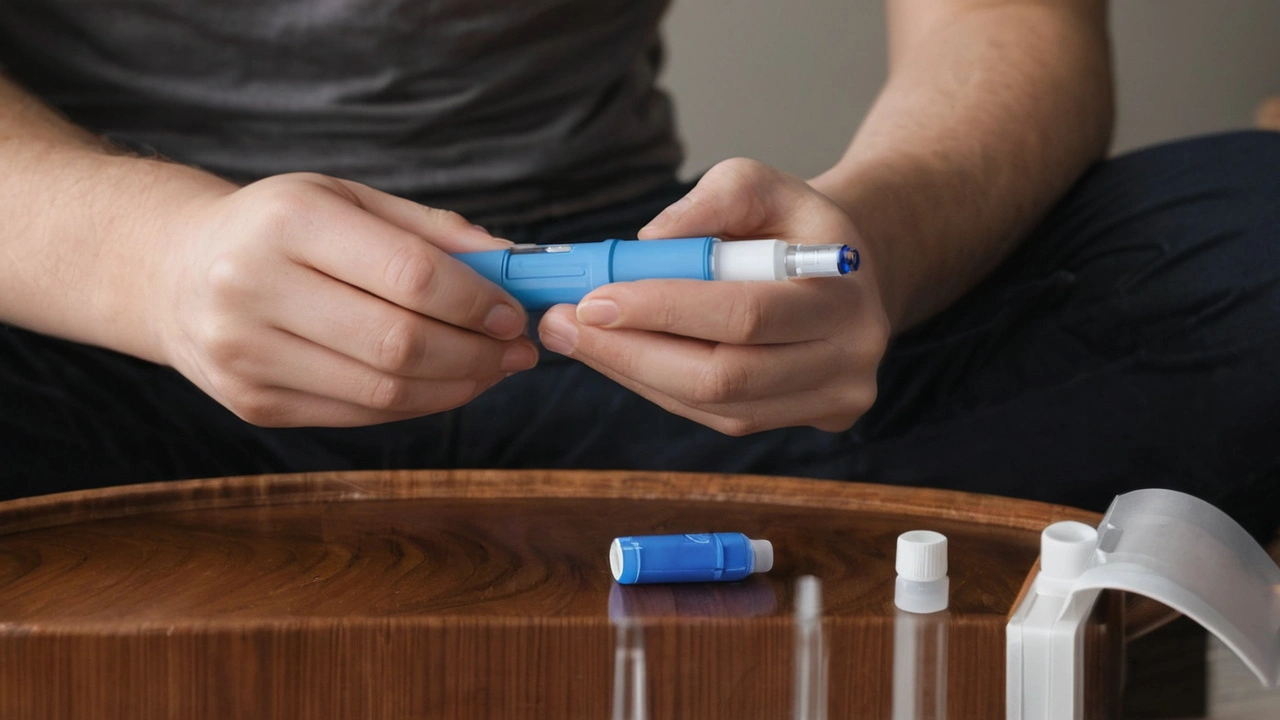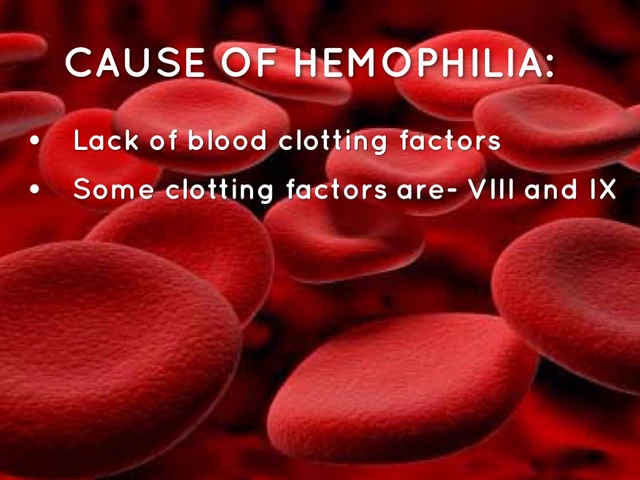Ozempic (semaglutide): What you need to know
Here’s a straight-up look at Ozempic — what it does, how to use it, and what to watch for. If you or someone you care for has type 2 diabetes or is curious about semaglutide for weight, this page gives clear, practical facts without the fluff.
How Ozempic works
Ozempic is a once-weekly injectable drug that contains semaglutide, a GLP-1 receptor agonist. It helps lower blood sugar by increasing insulin release when glucose is high, slowing stomach emptying, and reducing appetite. That combo often leads to better glucose control and weight loss. Note: the higher-dose semaglutide used for weight management is sold under Wegovy, but the active drug is the same.
Doctors usually start with a low dose to reduce nausea and increase it after a few weeks. Typical starting dose for diabetes is 0.25 mg weekly (this is a starter dose, not effective for long-term control), then 0.5 mg, and sometimes 1 mg or more depending on need and product. Always follow your prescriber’s plan.
What to watch for
Common side effects are digestive: nausea, vomiting, diarrhea, constipation, and loss of appetite. These often get better after a few weeks. More serious but rare problems include pancreatitis (severe belly pain), gallbladder issues, and fast weight loss that might need attention. If you have a personal or family history of medullary thyroid carcinoma or MEN2, Ozempic is not recommended.
Ozempic can lower blood sugar too much when combined with insulin or sulfonylureas. If you’re on those, your doctor may cut the other drug’s dose. Also tell your clinician if you have severe kidney disease — dehydration from vomiting or diarrhea can worsen kidney function.
Storage and injection tips: keep the pen refrigerated before first use. After opening, many pens can stay at room temperature for a limited time — check the label. Inject under the skin (thigh, abdomen, or upper arm) once a week on the same day. Rotate injection sites to avoid irritation. Don’t reuse needles and dispose of sharps safely.
Pregnant or breastfeeding? Don’t use Ozempic. If you plan pregnancy, talk to your doctor about stopping and switching to safer options.
When to call your doctor: severe abdominal pain, signs of pancreatitis (persistent severe belly pain, vomiting), symptoms of an allergic reaction (rash, swelling, difficulty breathing), or signs of dangerously low blood sugar (shakiness, sweating, confusion). Also call if you can’t keep fluids down and feel dehydrated.
Bottom line: Ozempic is effective for lowering blood sugar and often helps with weight loss, but it needs careful use. Talk openly with your clinician about risks, how it fits with other meds, and what to expect in the first weeks. If you want, I can add a short FAQ or a printable checklist for injections and side-effect monitoring.





